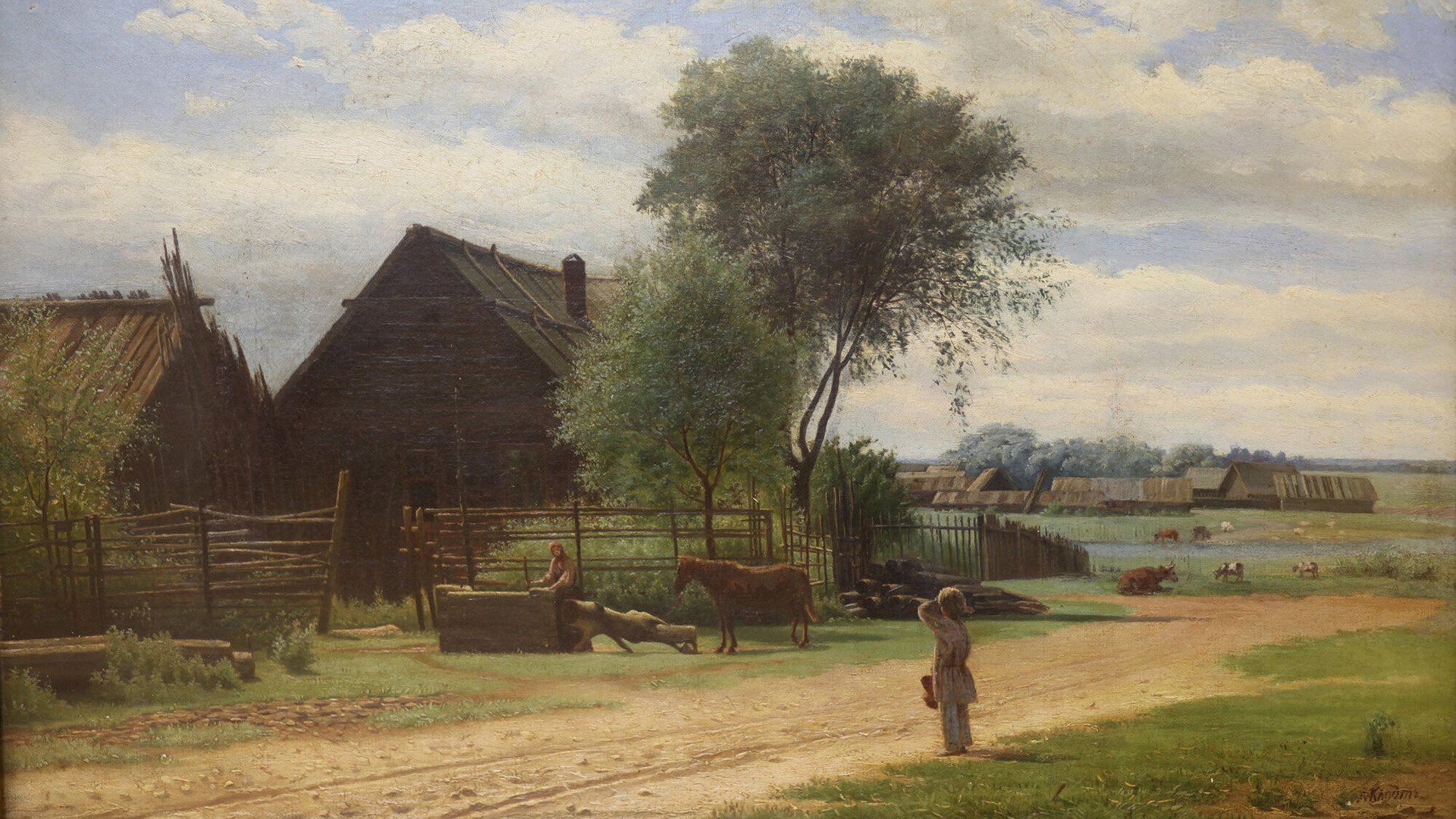
‘Selo’, settlement, village, ‘stanitsa’ – what’s the difference?


Some names of places can be misleading. For example, in Russia, a cemetery is usually called a ‘pogost’. The most famous ‘pogost’ is, of course, Kizhi – the amazing ensemble of wooden churches on Kizhi Island is recognized as a UNESCO monument.
However, a small settlement with a church, a priest’s house and a cemetery is also called a ‘pogost’. If peasants settled there, the pogost “turned” into a ‘selo’.

By the way, a ‘selo’ was a large center of several settlements with developed infrastructure: a church, a hospital, an administration, etc. A slightly smaller territorial unit would be a village.

Previously, even one or two yards of land could be called this way. The main difference between a village and a hamlet was the absence of a church.

Another small settlement was a ‘posyolok’. This was the name for a settlement where people from other territories settled, that is, ‘poselentsy’ (‘settlers’).
In the 20th century, urban-type settlements appeared – small towns. They were workers' settlements (meaning that there was some kind of production nearby where local residents worked), resort settlements or dachas (summer cottages). They could be home to from 100 to more than 50,000 people. For example, in the urban-type settlement of Susanino in Kostroma Region, a little more than 3,000 people live.

Farm settlements (“hutor”) could be recognized by the number of yards – there could be up to several hundred of them. Or a farmstead was a single estate with an extensive farm. Most often, farmsteads were established along the Don and Kuban rivers. They were mainly engaged in agriculture. For example, the action in Mikhail Sholokhov's novel ‘Quiet Flows the Don’ takes place on the Tatarsky farmstead.

Incidentally, its prototype was the ‘stanitsa’ of Veshenskaya, where the writer lived and worked on his epic novel. The chief of the ‘stanitsa’ was the ataman. The male population was engaged in military affairs: if necessary, at least 100 horsemen were sent from each stanitsa to the theater of military operations.
Surprisingly, a village could include several Cossack farmsteads, which themselves could be larger than their center.












